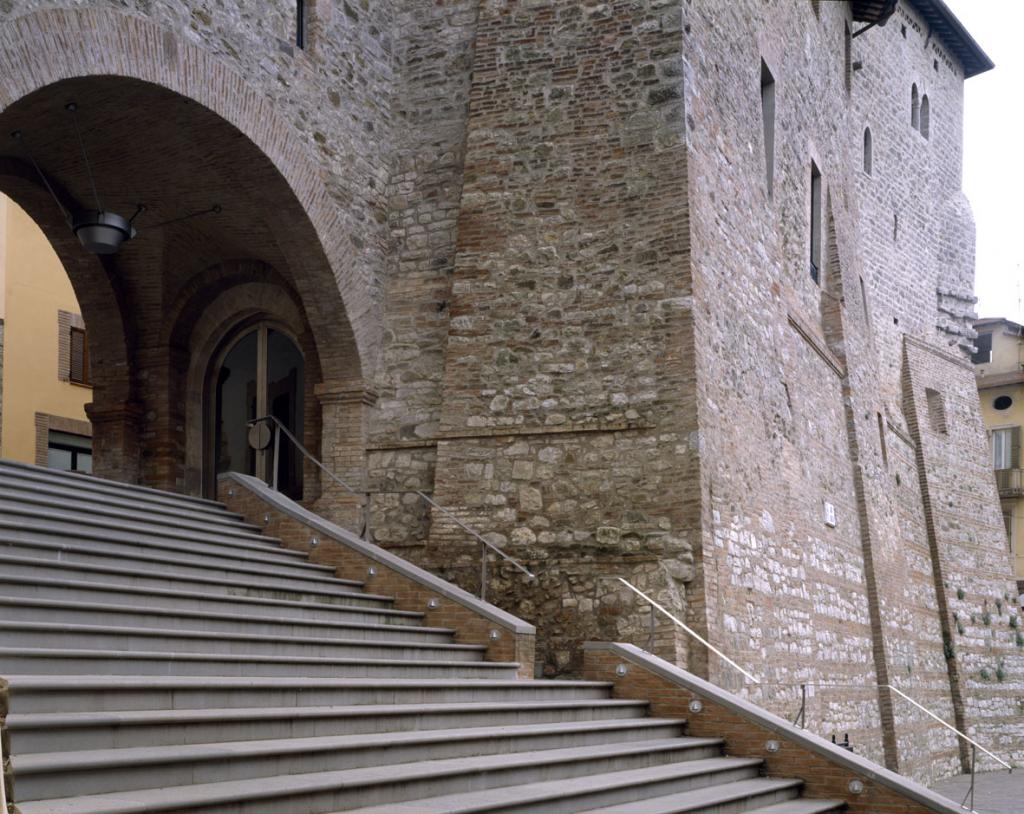Marsciano is located in the plains along the Tiber Valley on the banks of the River Nestor.
The old town is the heart of the city with its narrow streets and ancient houses whose stones bear witness to its long journey through time. In the center you can still see the towers and sections of the castle walls, some of which are built in to the homes.
Some important historical information are the donation of the Marsciano castle to the Bulgarelli Counts by Emperor Otto II in 975; the submission to the city of Perugia in 1281 (with a brief rule of Braccio Fortebraccio until 1424), lifted by Pope Paul III in 1531 granted the city with an autonomous municipal charter. Since then Marsciano remained under papal rule until the unification of Italy in 1860.
In the next period you can see some art nouveau buildings and the beautiful Battaglia palace enriched by the decorations of the futurist painter Gerardo Dottori, author of the mural painting representing the Madonna and Bambino inside newsstand road which was recently restored and visible in Via XIV Maggio. Today the territory of Marsciano is considered Brick territory with an important museum with its head office located right in the city center, Palace Pietromarchi (XIV a.c.).
A visitor with a trained eye will find it interesting to stroll through the streets of the old Town led by the common thread of red terracotta, extremely popular in the ancient and modern architecture of Marsciano.
The small towns of industrious Marsciano
Marsciano and its territory fully represent the typical features of the Umbrian landscape: fertile fields and rolling hills dotted with small villages where the thread of the story unfolds with unusual continuity allowing a layering of diverse cultures and styles. The territory, already inhabited since the Bronze Age and in Etruscan times, found its maximum splendor in the Middle Ages, thanks to its central position with respect to the powerful city of Perugia, Todi, Orvieto and during the Renaissance as evidenced by the important frescoes that enrich churches of various villages. Small open-air museums of ancient traditions, witnesses of rural industry.




